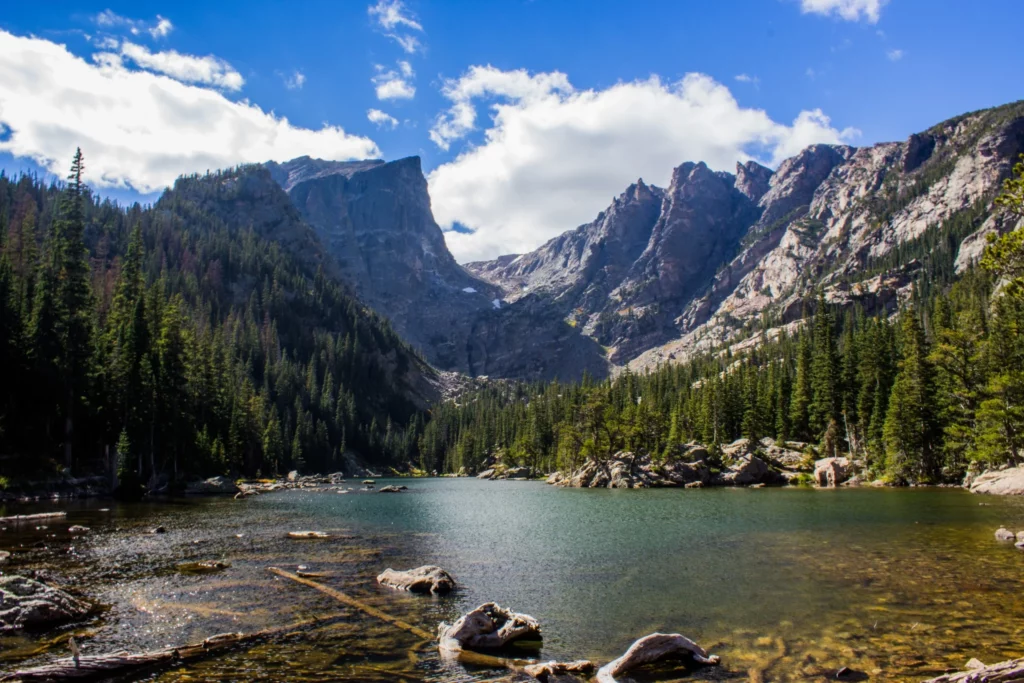The Environmental Protection Agency (EPA) awarded over $985 million from Fiscal Year (FY) 2014 to 2019 to directly help tribes continue preventing pollution and protecting natural resources. According to the Government Accountability Office (GAO), this funding has dwindled or remained stagnant in recent years.
Despite the struggle for funds, these environmental initiatives are more vital than ever to tribes. Luckily, there is a solution for tribes to address the current funding gaps – Performance Partnership Grants (PPGs). For more funding flexibility, tribes may utilize a PPG.
Recently, new funding streams were made available through The American Rescue Plan Act (ARPA) of 2021. These funds were designed to provide economic relief from the COVID-19 pandemic by delivering $350 billion for eligible state, local, and tribal governments to respond to the pandemic emergency and bring back jobs.
There are four major categories of approved funding use:
- Support public health expenditures
- Address negative economic impacts caused by the public health emergency
- Replace lost public sector revenue
- Invest in water, sewer, and broadband infrastructure
Within those categories, recipients have broad flexibility to decide how best to use this funding to meet the needs of their communities.
While environmental programs are not specifically covered under ARPA funding, ARPA funding can be used to hire more program staff for environmental programs.
For more information on how you can use ARPA funds, or what the reporting requirements for these funds entail for tribal governments, you can check out our resources on ARPA here. Additionally, you can also check out our resources on SLFRF about the ways you can maintain compliance with State and Local Fiscal Recovery Funding (SLFRF) funding.
What are PPGs?
When a tribe receives financial assistance from the EPA to develop or implement environmental programs, they most often receive these funds in individual environmental program categorical grants. To streamline administrative requirements, gain more flexibility on where they direct resources, and more easily fund efforts across program boundaries, tribes may combine these categorical environmental grants into one PPG.
The EPA further details this type of grant, stating, “States and tribes can also choose to combine funds from multiple federal environmental program grants into Performance Partnership Grants (PPGs) which allow them to direct resources where they are needed most or try innovative solutions to environmental problems.”
Through PPGS, tribes have not only been able to dedicate EPA funds to fixing looming environmental problems, but they have also been able to reduce costs.
How can tribes receive PPGs?
To receive a PPG, tribes need to develop it through joint negotiations with the appropriate EPA Regional Office and request application forms from the appropriate EPA Regional Grants Management Office. The appropriate EPA Regional Office will then review the application for a possible award from the Regional Administrator.
For more details on best practices and procedures, the EPA released an extensive guide to PPGS, including what grants are eligible for inclusion, what activities are eligible for this form of funding, and how to implement them.
It is important for tribes to remember that PPGS have the same reporting and accountability requirements as categorical grants.
What can tribes expect from PPGs in the coming years?
In October 2020, the GAO put forth five recommendations to the EPA for clarifying and improving PPG guidelines and procedures. If the EPA heeds these recommendations, tribes will have an updated list of PPG-eligible grants, additional clarification on PPG operations, and more robust materials on grant management best practices.
*Photo by Rob Morton on Unsplash





